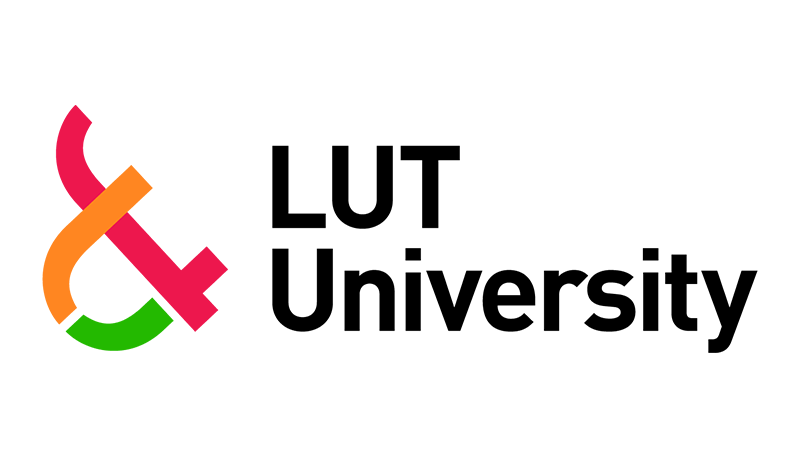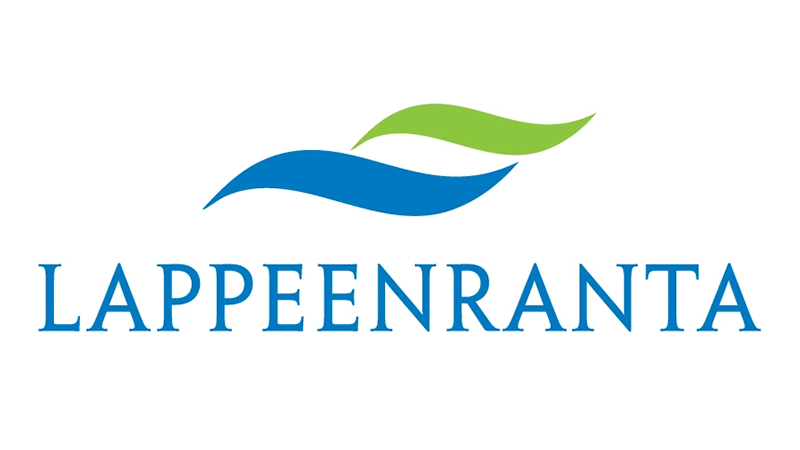Demonstrator #1
City of Lappeenranta, Finland
Key Facts
The city of Lappeenranta, in Finland, has a population of 73000, on a total area of 1724 km². The main climate risks and impacts faced are increased rainfall, extreme weather events and flood events. The city has been conducting a rehabilitation program for the neighbouring Lake Saimaa. Lappeenranta is also completing a new stormwater plan and a Climate program for both climate change mitigation.
Actions and expected results
The urban runoff system will be improved and monitored with a set of new sensors and coupled monitoring of the contamination, water quality & flow within the drainage system. The monitoring platform will prove monitoring scalability and impact on fellow demonstrators. Choice experiments for the stormwater management system upscaling will also take place. Second, nature-based solutions will complete the runoff system. Third, amateur scientists and citizens, in general, will be engaged through monitoring activities of the previous solutions with a crowdsourcing app and screen.
Partners Involved


Follower Territory
Gjøvik municipality, Norway
The municipality of Gjøvik is characterized by high-tech industry, a centre of higher education and a regional centre of music and culture. The TransformAr project will target 2 KCS in Gjøvik. These are the same 2 KCS as in Lappeenranta. Gjøvik’s role in the project is as a follower and replicator for Lappeenranta, because of the similarities in climate vulnerability regarding urban planning and water management.



